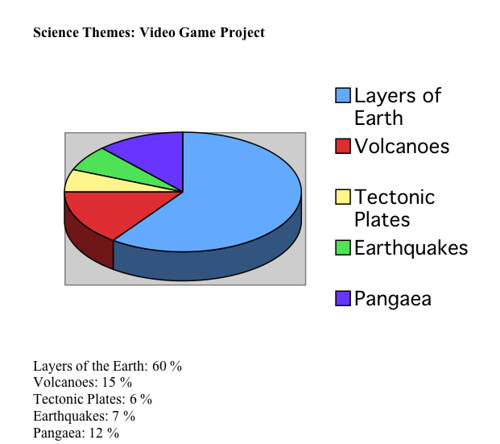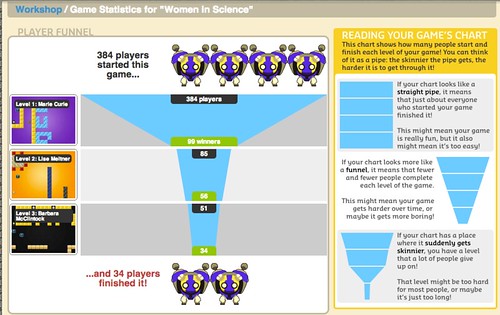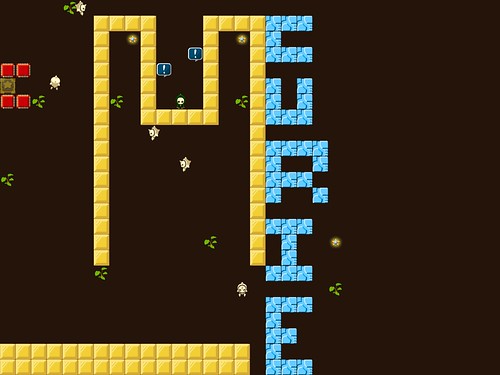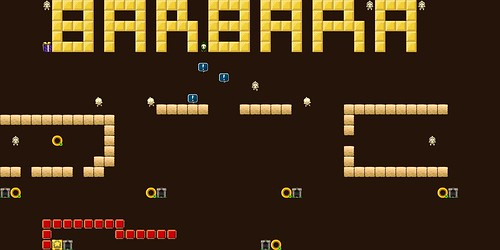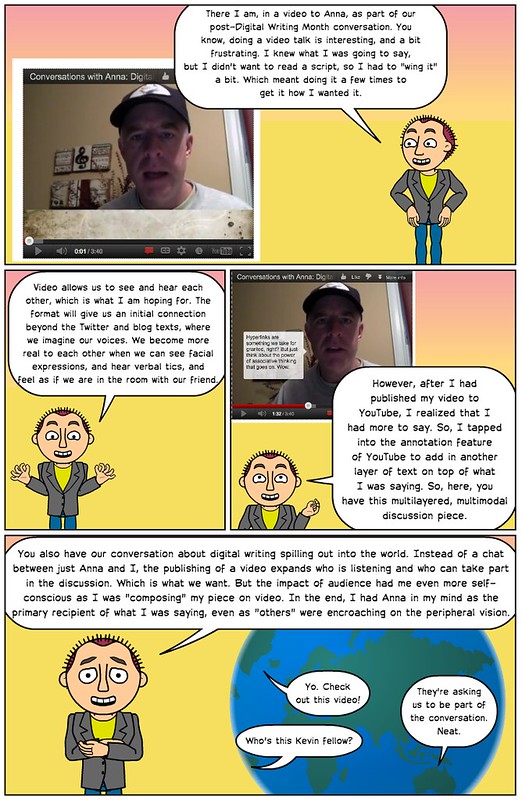Between my wife and I, we get a lot of teaching and educational journals. In the latest edition of The Reading Teacher, Bridget Dalton writes about the connections between multimodal composition and the Common Core standards, and she notices many openings for bringing technology and emerging literacies into classroom instruction. I agree, although I would have liked more overt references to how technology is changing our view of writing in the Common Core, but maybe that is asking too much at this point.
I liked the way Dalton defines what is happening:
“The fixed display of the printed page is being transformed on the screen into an interactive, dynamic experience that can be manipulated across time and space by the reader/viewer and the author.” — page 334.
She then ventures into the idea of a Digital Writing Workshop (which Troy Hicks has also done with depth in his Digital Writing Workshop book) and touches on issues of developing not just scaffolding of instruction with technology and composition, but also, establishing the idea of a “design community.” I love this concept, since design is a critical part of digital composition — particularly as we merge media together into something new. And, to be frank, not many teachers teach design.
One area of interest for me is in a section Dalton entitles “Pitfalls!” where she tries to lay out things to avoid. I liked her idea that we, teacher, cannot scaffold too much because that limits what students envision for themselves. She also encourages teachers to dive in and not wait for expertise to arrive. The only way to know the possibilities is by doing it, playing with it, and using it.
But she also suggests that writing not come first. She suggests that while “… we often ask students to write first and then to enhance what they’ve written with media. For many multimedia compositions, this is not the way to go.” While she acknowledges that some students benefit from writing first, others need to create first and then backtrack to writing.
I’m mixed on this.
While I agree with Dalton that there is a “back-and-forth” to digital composing — a constant shifting in strategies that can seem disorientating but often has a certain logic to it — I still believe that writing remains at the heart of digital composition, even if it is reflective writing that gets them started. My view of technology is that ideas are best developed by writing, and then creating, and I have come to this by watching too many of students lose focus on their work because they did not have their ideas in place as guideposts (which I always tell them can be reshaped by their experiences in a project).
Still, I see where she is coming from, and when we think of the various strategies of our students as writers and media creators, it may make sense to have a bigger picture of what helps who. The tricky part is providing them with enough varied experiences, and reflective moments, to understand what works best for them. And those reflective moments? Yeah. That would be writing.
In another part of The Reading Teacher, Ernest Morrell lays out a rationale for a new column he is doing around youth literacies, and why digital literacies will be at the heart of his writing. Morrell (who gives powerful speeches about technology and the culture of kids, and is the new president of NCTE) notes that while technology is everywhere in the lives of young people, “…there is still a great deal that these youth have to learn about how to process the information they are innundated with via these new portals of information.”
I agree, and hope that Morrell’s work will further dive the division of the digital native/immigrant into the ground, and also, buffer the idea that teachers and librarians are in the ideal place to help young people navigate and make sense of this media-rich, technology-infused world, and become critical of it all so that they have choice and agency in their lives. I’m looking forward to following Morrell’s column and learning from his work and his perspectives.
Peace (in the journal),
Kevin
